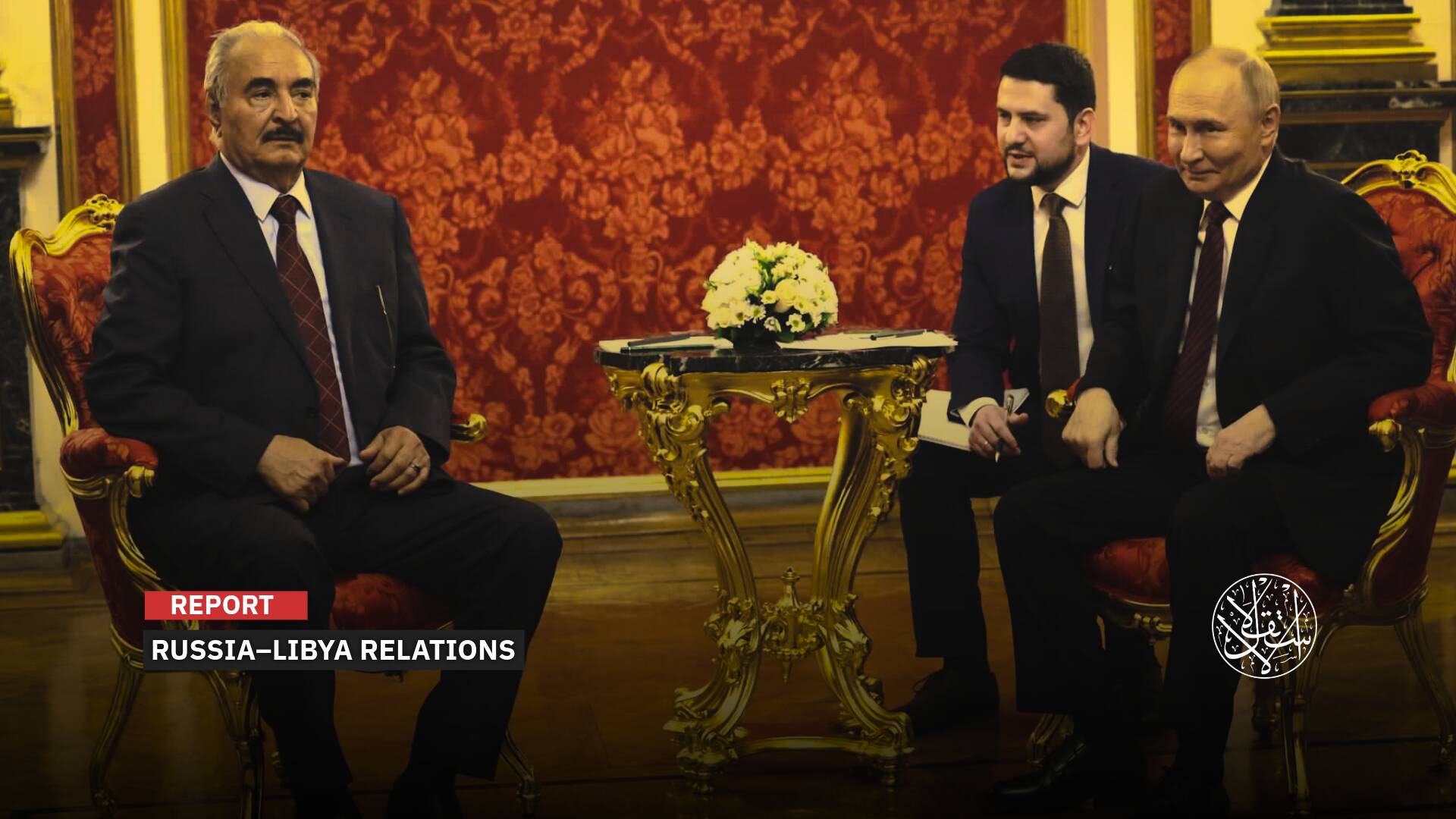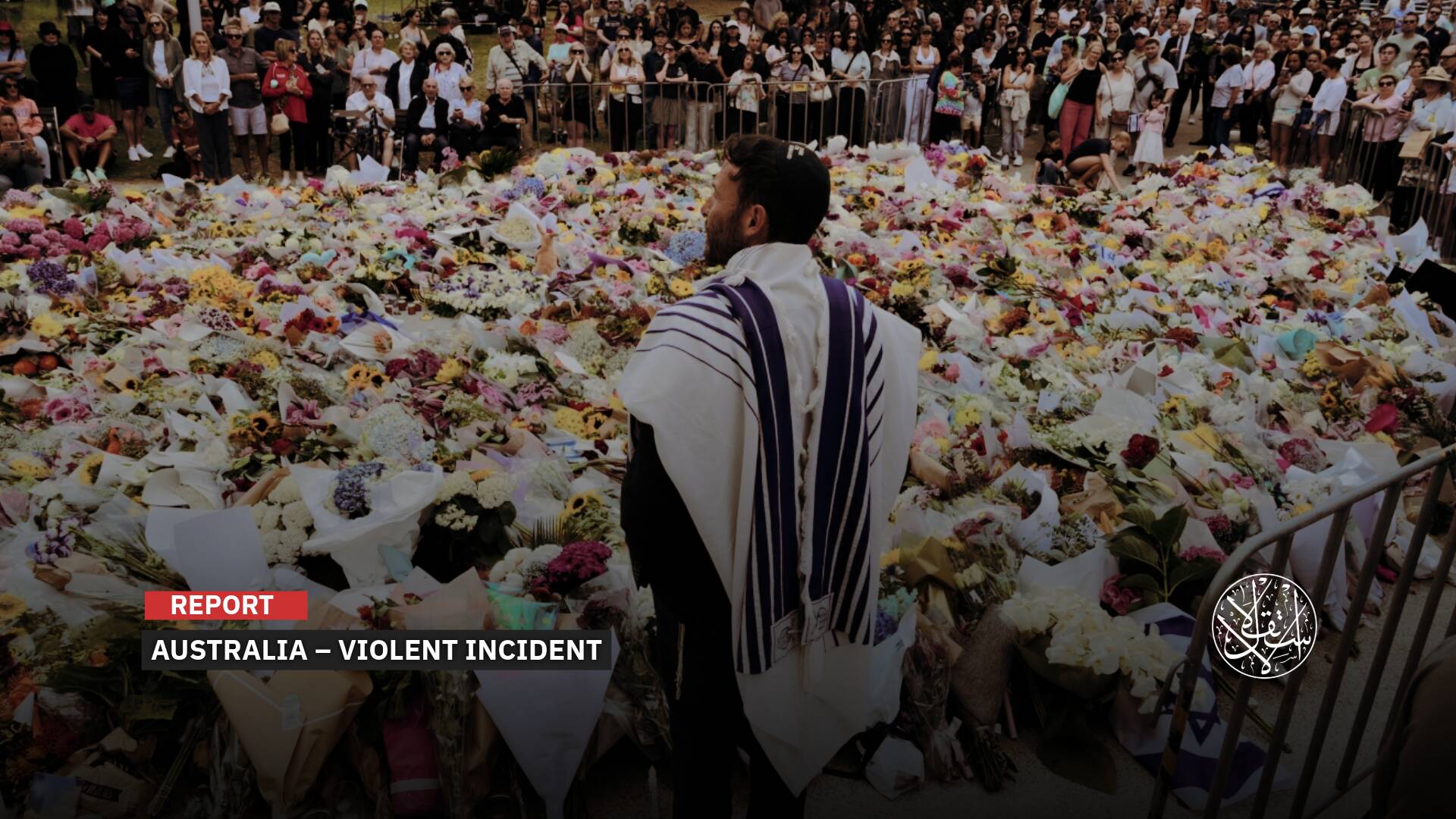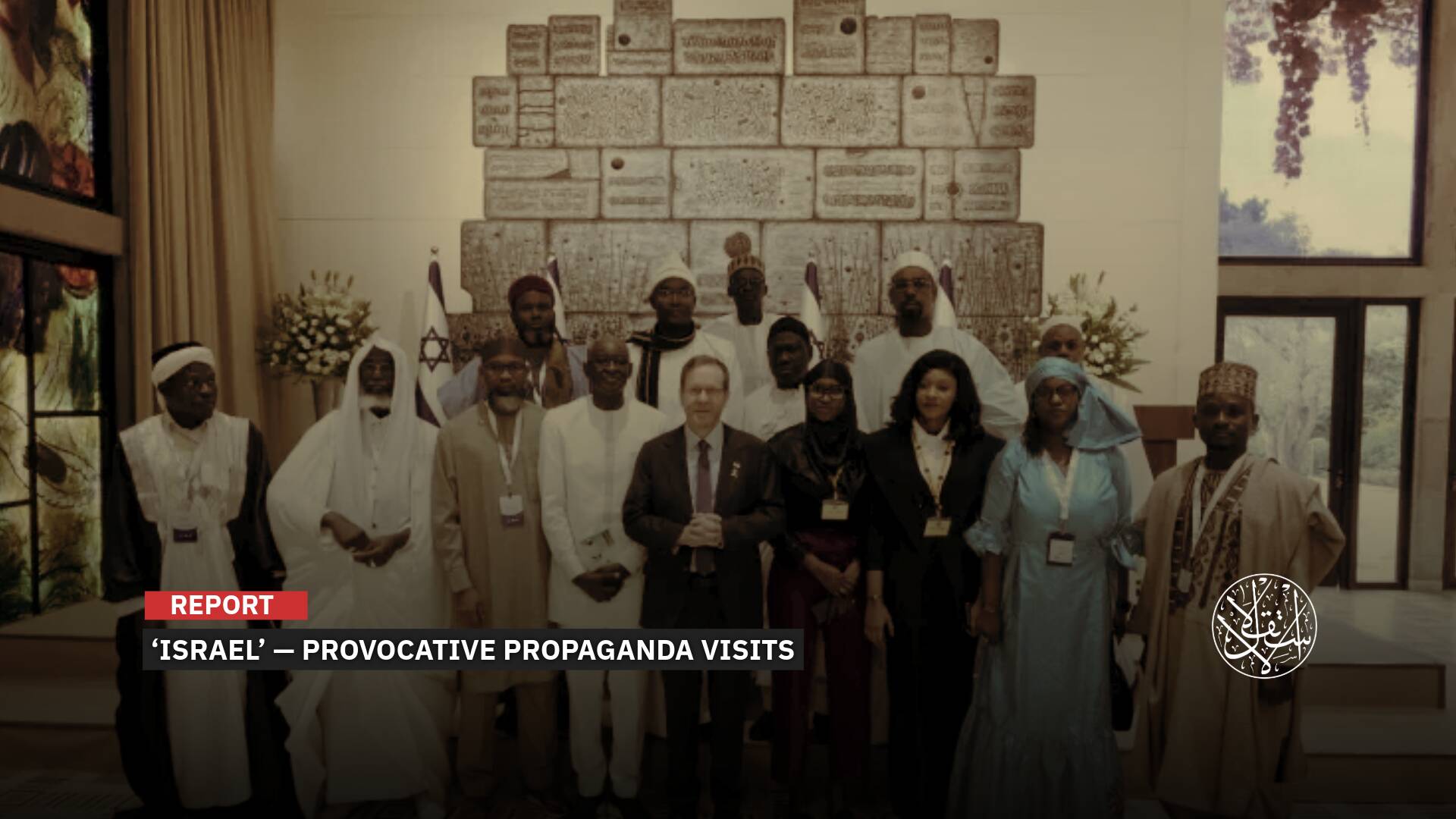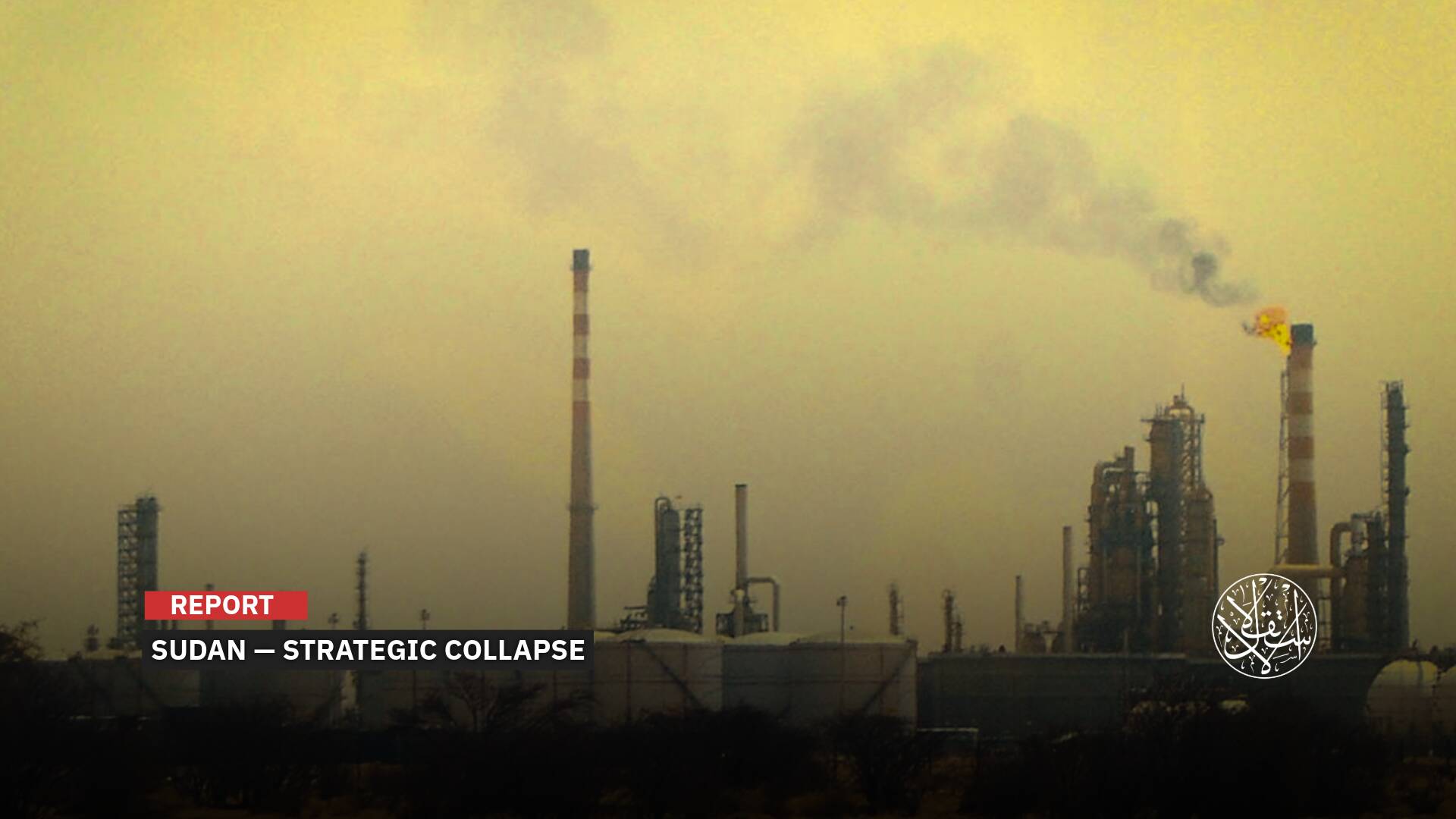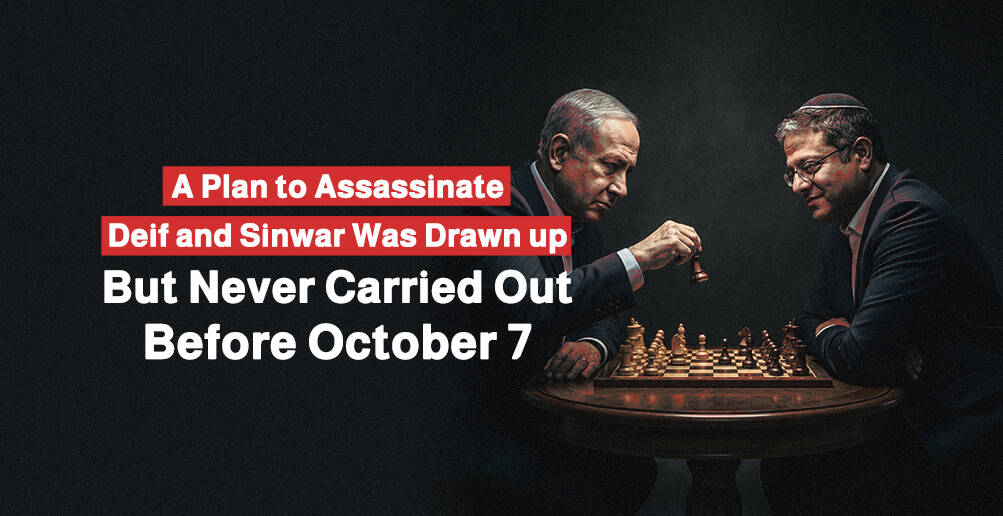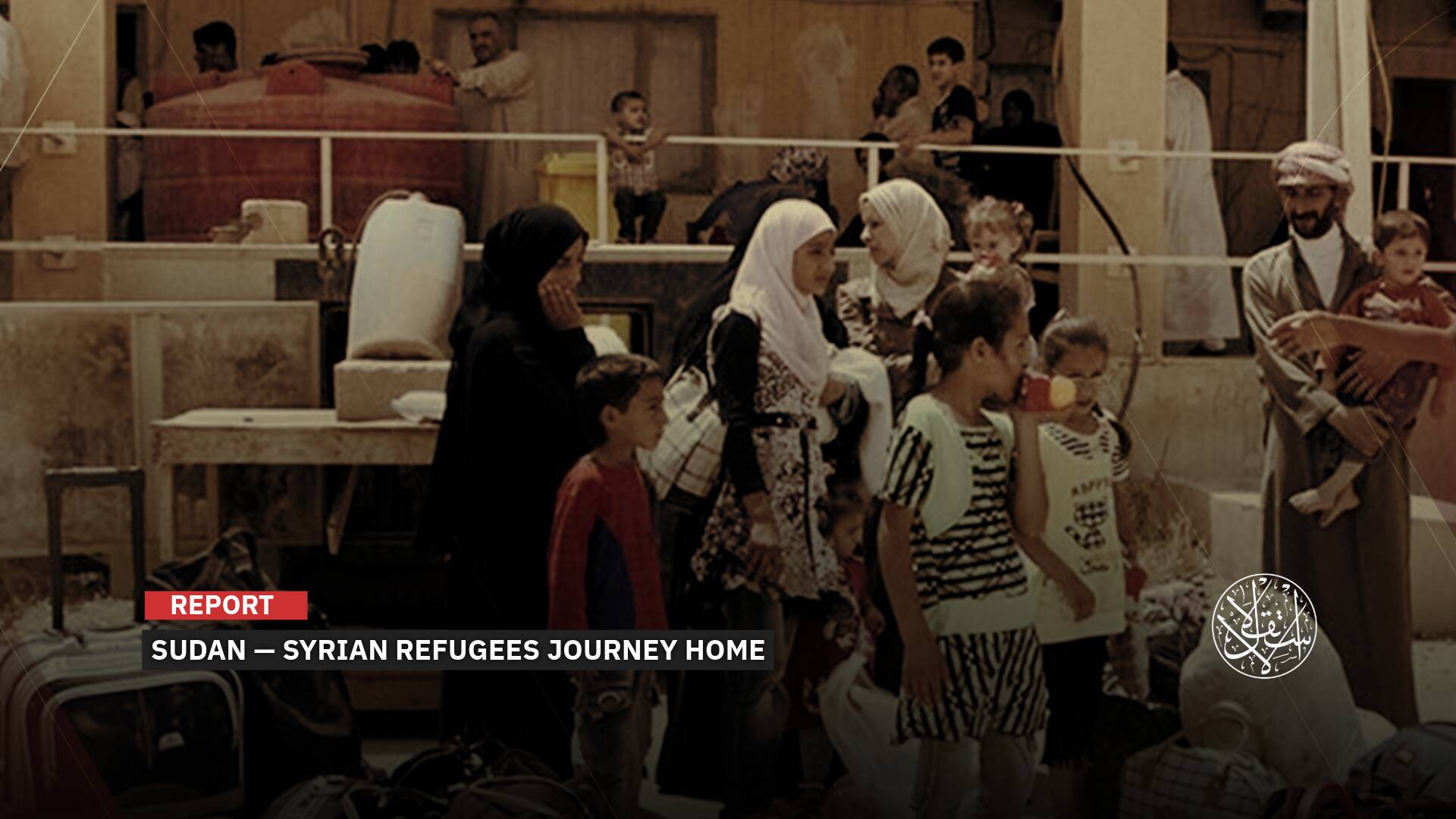How the Strength of the Hijab Sculpture Sparked Widespread Controversy in the UK

Although the features of the Strength of the Hijab sculpture, whose initial form was unveiled in Birmingham, the second-biggest city in the United Kingdom, are not complete, it has sparked widespread controversy among Britons in the media and social media platforms.
British society was divided between supporters of the idea that celebrates Muslim women who wear the hijab, in light of recent European decisions to restrict them, and opponents of it. The matter even developed into a racist attack on the hijab, veiled women, and Muslims.
Fears are rising in the UK that Muslims will be exposed to further discrimination during the reign of British Prime Minister of Indian origin Rishi Sunak, who is the first from an ethnic minority to hold this position.
According to a 2021 census, there were around 3.87 million Muslims in England and Wales, making up about 6.5% of their combined population of 60 million.
Birmingham has the largest Muslim community in England, followed by Bradford, the London Borough of Tower Hamlets, Manchester, and the London Borough of Newham. There are more than 250 mosques across the UK.
Strength of the Hijab
In a move to honor veiled women, the United Kingdom unveiled a sculpture representing a woman wearing a hijab in the city of Birmingham. It is called the Strength of the Hijab, and it was designed by artist Luke Perry.
The sculpture’s base reads: “It is a woman’s right to be loved and respected whatever she chooses to wear. Her true strength is in her heart and mind.”
The length of the sculpture is 5 meters, and its weight is approximately one ton. British newspapers indicated that the sculpture will be installed in the Smethwick area, West Midlands, this October.
In turn, sculptor Luke Perry pointed out that “The Strength of the Hijab is a piece that represents women who wear hijabs of the Islamic faith, and it’s really there because it’s such an underrepresented part of our community, but such an important one.”
This project was adopted by a charity concerned with celebrating minorities in the UK called Legacy West Midlands, and it will be placed in the city of Birmingham, which is known for having a significant population density of the Muslim minority.
Perry and Canaan Brown have previously designed the Black British History is British History sculpture, which was installed in Winson Green in May. That piece was defaced shortly after it was installed.

Controversial Sculpture
In a related context, the BBC said that this sculpture could be controversial, but sculptor Luke Perry believes that it is important to represent all those who live in the UK.
“I don’t feel like any of them are valid, but people do, there are a lot of people who object to the differences that we have in our communities, and would like them to be more divided,” Perry said.
“But the future of our country is about what unites us, not what pulls us apart, which is why it’s important to have representation across the whole of the UK, of everybody that lives here,” he added.
Supporters of the far-right and the conservative right launched an attack on the sculpture, considering it a coup against the values of freedom in the UK.
The attack also reached the British sculptor, famous for being one of the most important artists who commemorate minorities in the United Kingdom through his works.
Social media was abuzz with a racist attack on the construction of this sculpture in the United Kingdom, and among the critics were politicians, media figures, and activists, all of whom carried the ideas of the far-right.
The attack was not devoid of racism towards Muslims, and among the commentators was the leader of the Britain First party, Paul Golding, who said that we must ask the women of Iran about the power of the hijab.
‘The Strength of the Hijab’.
— Paul Golding (@GoldingBF) September 21, 2023
Just ask the women of Iran. pic.twitter.com/vI7cL9qYxg
It is the same proposition adopted by the former parliamentarian from the right-wing nationalist Brexit Party, Christina Jordan, who wrote: “The Iranian regime will be delighted with Birmingham’s Strength of the Hijab sculpture,” and attached her post with a link to women’s protests in Iran over the hijab.
The Iranian regime will be delighted with Birmingham’s ‘Strength of the Hijab’ sculpture. https://t.co/AfJQfNqs2c pic.twitter.com/VOSGl9fcHc
— Christina Jordan ���� (@CJordanjb) September 19, 2023
What is controversial is that most of the criticism deliberately linked the honoring of British women who wear the hijab to the hijab protests that Iran witnessed last year following the death of young Mahsa Amini.
As women protest & die in Iran - here in the UK we put up a sculpture.
— David Collier (@mishtal) September 24, 2023
Not in support of the women but to recognise the 'strength of the hijab'.
The women in Iran know all about the 'strength of the hijab'... it is literally killing them.
Why not just spit in their faces? pic.twitter.com/ihTitrjIvP
Stephen Evans, executive director of the National Secular Society (NSS), said that this statue strikes me as a regressive piece of public art. Particularly galling on the first anniversary of the death of Mahsa Amini.
A 16ft steel statue of a women clad in an Islamic veil to celebrate ‘the strength of the hijab’ strikes me as a regressive piece of public art. Particularly galling on the first anniversary of the death of #MahsaAmini.https://t.co/TWfITwEftW
— Stephen Evans (@Stephenmevans1) September 20, 2023
Megan Manson, campaigns officer NSS, said we should be celebrating those who defy religious modesty codes instead.
The timing of the announcement about the statue is particularly galling given that last week was the anniversary of #MahsaAmini’s death. She died at the hands of Iran’s morality police for failing to wear ‘correct’ hijab. https://t.co/VVq13t25k7 #WomenLifeFreedom
— National Secular Society (@NatSecSoc) September 20, 2023
On the other hand, many people celebrated this sculpture, as some of them praised the respect for diversity in the United Kingdom, as well as the attempt to restore respect to the veiled woman who is subjected to many hate attacks in this country because of her choice to wear the hijab.
Others compared the situation in the UK, where the first sculpture of its kind in the world of a veiled woman was inaugurated, and what is happening in France in terms of restrictions on the hijab and a ban on wearing the abaya in schools.
While France bans #Abaya
— Rehana Khan (@RehanaKhan61) September 21, 2023
Birmingham, UK ���� honors the women who wear #hijab.
“The Strength of the Hijab”, a 16-foot statue of a woman wearing the Islamic hijab will be unveiled next month in a suburb of the "multicultural enriched" city of Birmingham.
pic.twitter.com/aHiTUfqo46
British human rights activist and media personality Bushra Shaikh expressed her happiness with this sculpture.
She said, “I love that we are not like France, in solidarity with our veiled sisters,” in reference to what veiled women are exposed to in France.
Love that we are not like France ����
— Bushra Shaikh (@Bushra1Shaikh) September 19, 2023
In solidarity with our sisters �������� ����
A new sculpture celebrating women who wear hijab will be unveiled in Birmingham next month. By renowned sculptor Luke Perry designed 'The Strength of the Hijab'. pic.twitter.com/ySoSebFXlC
In turn, Zamard Zahid, a Scottish human rights activist of Palestinian origins, said in her post: “The hijab is weaponized by Patriarchal and Anti-Separate Regimes which only contribute to misinformation about Muslim women and Islamophobia. Visibility for women with hijab means inclusive policies that take account of that misinformation and misunderstanding.”
The #hijab is weaponised by Patriarchal & Anti-Separate Regimes which only contribute to misinformation about Muslim women & islamophobia. Visibility for women with hijab means inclusive policies that take account of that misinformation & misunderstanding. https://t.co/jErHfHcrF3
— Zamard Zahid �� (@zamardzahid) September 20, 2023
Activist Mohamed el-Barahoui described the sculpture as wonderful, adding that the Strength of the Hijab is a powerful cry for the freedom of the women to “wear what they want, when they want in a Society, like the European one, that is becoming home of Patriarchate and reduces women to sexual toys.”
“The strength of Hijab” a powerful cry for the freedom of the women to wear what they want, when they want in a Society, like the European one, that is becoming home of Patriarchate and reduces women to sexual toys. Wonderful sculpture! #MyHijabMyFreedom https://t.co/kNi6VtCunD
— Mohamed Elbarahoui (@elbarahoui) September 21, 2023
While Harriet Fieten said: “It’s a woman’s right to be loved and respected whatever she chooses to wear.”
“The strength of the #hijab: It’s a womans right to be loved and respected whatever she chooses to wear …”. #birmingham. Dit beeld geeft echter aan dat bedekking hier de norm is. Sociale dwang #birmingham pic.twitter.com/2rGrobDl9v
— Harriet Fieten (@HarrietFieten) September 24, 2023
Muslim Hate Crime
In July 2023, a study conducted by the organization Measuring Anti-Muslim Attacks — known as Tell MAMA UK — entitled A Decade of Anti-Muslim Hate revealed a worrying increase in cases of Islamophobia in the United Kingdom over the past years.
The organization said that over the past decade, it received more than 20,000 reports from people who reported incidents of Islamophobia to which they were exposed, and it helped and supported more than 16,000 cases of Muslims who faced hate and intolerance.
The organization indicated that the closures that followed the spread of the Corona pandemic caused an exacerbation in the promotion of hate against Muslims on the Internet, as the year 2020 recorded the highest percentage related to Islamophobia.
According to the organization, this escalation of hate against Muslims is due to several factors, most notably the activities of the far-right and its political speeches and the increase in anti-Muslim attacks in various countries in the world.

Last year, a shocking video shared on social media showed a group of white men and youths in Sheffield launching a vicious attack on a veiled Muslim woman and her daughter.
VIDEO: A Muslim woman and her daughter were attacked by a group of white men and youths in an alleged racist attack between neighbours.
— 5Pillars (@5Pillarsuk) June 23, 2022
Local Muslim men from Sheffield and outside of the city carried out a vengeance attack on the perpetrators.
Video credit: @muslimdaily_ pic.twitter.com/91n1a3aIwr
A 2019 study from Nottingham Trent University reported that attacks against hijab-wearing women in the UK were on the increase, suggesting that this was because veiled Muslim women were represented as agents of terrorism.
Tell Mama UK, the watchdog that monitors Muslim hate crimes, reported in 2018 that 58% of recorded Islamophobic incidents were related to Muslim women because of their overt religious identity.
In 2017, in the House of Commons, then-Prime Minister Theresa May declared her support for this day and backed the right of Muslim women to wear a hijab or hijab without fear. Yet other prime ministers from her Conservative party have been actively hostile.
In 2018, then Prime Minister Boris Johnson mocked Muslim women in burqas as looking like bank robbers and letter boxes, sparking a huge increase in anti-Muslim incidents, half of which were targeted at women wearing the face veil.
In 2013, then-Prime Minister David Cameron said he would back up British schools and courts demanding the removal of the veil.
Sources
- Smethwick sculpture to celebrate women who wear hijabs
- A Decade of Anti-Muslim Hate - Tell MAMA [Study]
- Veiled Muslim women’s responses to experiences of gendered Islamophobia in the UK [Study]
- I proudly wear a hijab. Forget the stereotypes – it’s a sign of style and strength
- Why some Muslim women feel empowered wearing hijab, a headscarf


